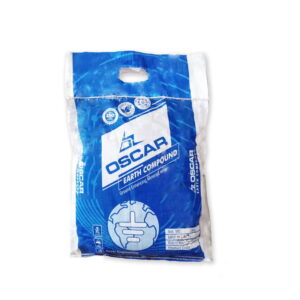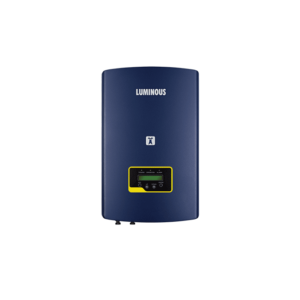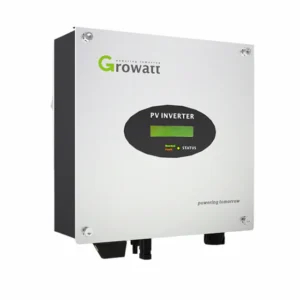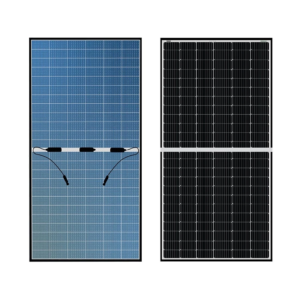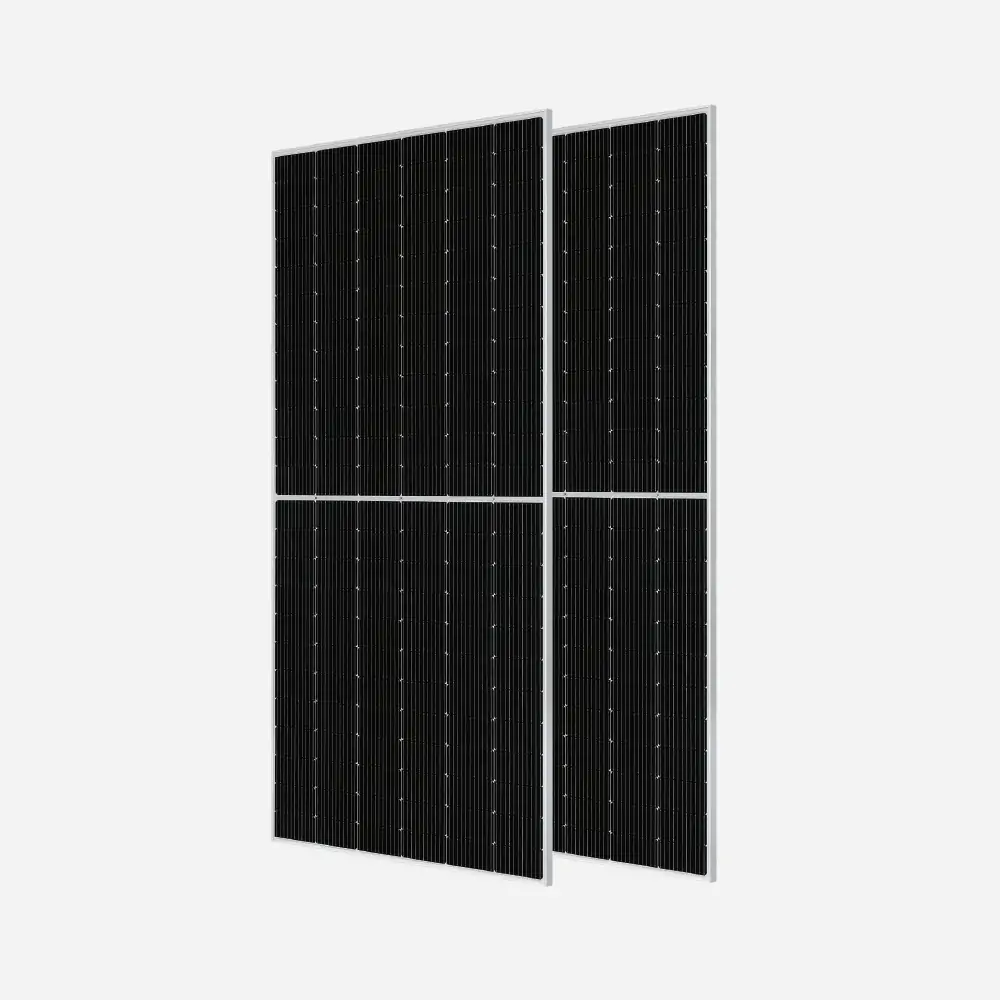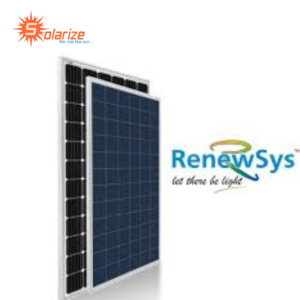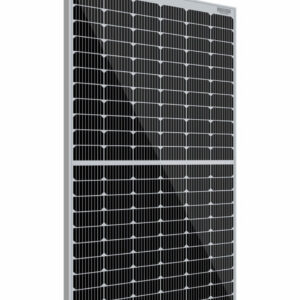Ptype Monofacial Solar Panel

P-type monofacial solar panels are a specific category of monocrystalline solar panels characterized by their use of p-type silicon wafers. Here’s a detailed overview:
Definition
P-type Monofacial Solar Panels: These panels are made from p-type silicon, which has been doped with elements like boron. This doping process creates “holes” (positive charge carriers) that allow for electricity generation when exposed to sunlight.
Technology
Cell Structure: P-type cells are made from monocrystalline silicon, which is sliced from single-crystal silicon ingots. This structure is known for high efficiency and a uniform appearance.
Efficiency: P-type monofacial panels typically offer efficiency ratings ranging from 15% to 22%, depending on the specific technology and manufacturer. They perform well in various conditions, particularly in sunny environments.
Advantages
Established Technology: P-type technology has been around for decades, leading to a wealth of research, development, and proven reliability.
High Performance: These panels generally perform well in direct sunlight and have a stable output over time.
Cost-Effective: While the upfront cost can be moderate, p-type panels are often less expensive than newer n-type alternatives, making them an attractive option for many consumers.
Disadvantages
Light-Induced Degradation (LID): P-type panels may experience LID, a phenomenon where initial efficiency decreases when exposed to sunlight. This can lead to a slight reduction in long-term performance.
Less Efficient in Low Light: Compared to some advanced n-type technologies, p-type panels may perform slightly less efficiently in low-light conditions.
Applications
Residential Use: Ideal for rooftop installations where high efficiency is needed, and space is limited.
Commercial Projects: Commonly used in commercial solar systems to maximize energy output.
Utility-Scale Installations: Frequently used in large solar farms due to their proven reliability and performance.
Installation Considerations
Orientation: For optimal performance, p-type monofacial panels should be installed at an angle that maximizes sun exposure, typically facing south in the Northern Hemisphere.
Shading: Careful planning is needed to avoid shading from nearby structures or trees, as even partial shading can significantly reduce output.
Maintenance
Regular maintenance involves cleaning the panels to ensure maximum sunlight exposure and periodic inspections to check for damage or degradation.
Conclusion
P-type monofacial solar panels are a reliable and widely used technology in the solar industry. They offer a good balance of performance, cost, and durability, making them suitable for various applications. If you have further questions or need specific information, feel free to ask!
Showing all 5 results
Adani 540 Watt Mono Perc Half Cut Solar Panel
Ptype Monofacial Solar Panel Original price was: ₹50,000.00.₹22,000.00Current price is: ₹22,000.00.Premier Energies Bi-Facial 540W Mono Perc DCR Solar Panel
Ptype Monofacial Solar Panel Original price was: ₹25,000.00.₹22,000.00Current price is: ₹22,000.00.Renewsys 540WP Monofacial Solar Module
Ptype Monofacial Solar Panel Original price was: ₹18,500.00.₹17,999.00Current price is: ₹17,999.00.Vikram 540WP Monofacial Solar Module
Ptype Monofacial Solar Panel Original price was: ₹45,000.00.₹22,000.00Current price is: ₹22,000.00.WAAREE 540Wp 144 Cells 24 Volts Mono PERC Solar Module
Ptype Monofacial Solar Panel Original price was: ₹34,500.00.₹24,373.00Current price is: ₹24,373.00.


